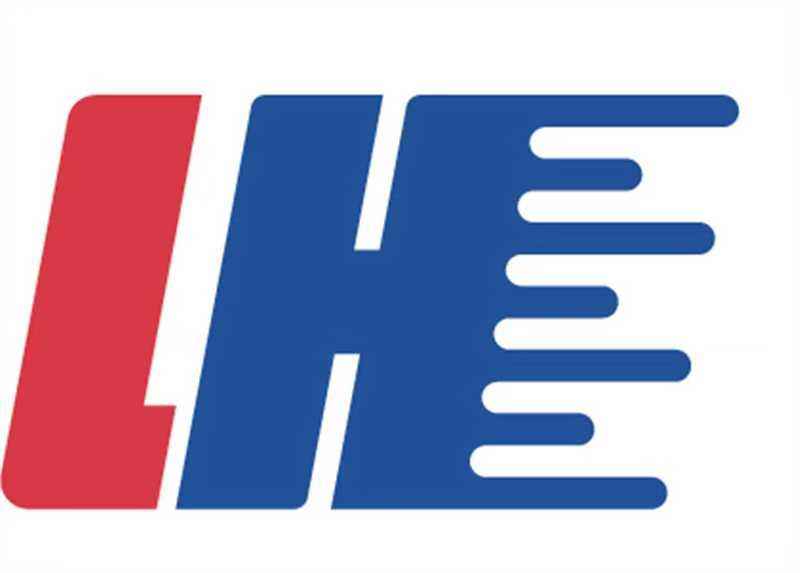Optimizing Environmental Compliance with Advanced COD Analysis Tools
The Role of COD Analysis in Environmental Compliance
Understanding COD's Impact on Regulatory Standards
Chemical Oxygen Demand (COD) plays a pivotal role in assessing water quality and environmental compliance. COD measures the amount of oxygen that microorganisms will consume while decomposing organic matter in water, serving as a critical indicator of pollution levels. High COD levels can signal potential environmental regulation violations, warranting penalties and mandatory compliance measures. According to the Environmental Protection Agency (EPA), maintaining COD levels within specified limits is essential to protect aquatic ecosystems and ensure public health. These specified limits help in mitigating the adverse effects of wastewater discharge on marine life and drinking water sources, highlighting the significance of COD analysis in meeting regulatory standards.
Regulatory Requirements for Wastewater Discharge
Regulatory bodies, such as the EPA and various state agencies, have set stringent limits on COD levels for industrial and municipal discharges. This is primarily to curb water pollution and protect environmental integrity. Compliance with these regulations necessitates regular monitoring and detailed reporting of COD data to demonstrate adherence to both local and federal guidelines. Industries that fail to comply with regulatory standards risk facing substantial fines, legal consequences, and enhanced scrutiny from environmental regulators. Therefore, maintaining robust and consistent compliance monitoring systems becomes crucial for any entity involved in wastewater discharge. Achieving compliance not only aligns with legal requirements but also enhances reputation and operational efficiency.
Key Features of Advanced COD Analysis Tools
LH-T3COD Chemical Oxygen Demand Analyzer
The LH-T3COD is a state-of-the-art Chemical Oxygen Demand (COD) analyzer designed to enhance accuracy and reliability in COD measurements. This device uses advanced analytical techniques, such as automated sample digestion, which reduces manual intervention and minimizes human error, ensuring trustworthy readings. Additionally, the LH-T3COD provides real-time monitoring capabilities, enabling facilities to make immediate adjustments based on COD levels. These features are vital in maintaining optimal operations and ensuring compliance with environmental regulations.
Portable COD Analyzer LH-C610
The LH-C610 is a portable COD analyzer specifically engineered for on-site testing, crucial for remote or industrial locations. This tool excels in quick sampling and analysis, delivering immediate results essential for rapid decision-making in dynamic environments. Its user-friendly interface and lightweight design make it particularly accessible to technicians working in the field, ensuring operational efficiency and ease of use.
Strategies for Implementing COD Monitoring in Compliance Programs
Real-Time Data Collection and Reporting
Incorporating real-time data collection in compliance programs enhances the ability to track COD trends over time, allowing for proactive management decisions. This strategy involves using advanced analytical systems that offer instant feedback on COD levels. Such automated systems can alert operators immediately when COD levels exceed set thresholds, promoting timely interventions and preventing possible environmental impacts. Regular calibration of analytical instruments is crucial to validate data accuracy, ensuring compliance with regulatory expectations. This approach not only boosts operational efficiency but also provides peace of mind regarding environmentally sound practices.
Integration with Existing Environmental Management Systems
Integrating COD analysis tools with existing Environmental Management Systems (EMS) creates a holistic approach to compliance and sustainability. This integration allows organizations to centralize data monitoring, streamline reporting processes, and enhance regulatory compliance. By bringing together various data streams, facilities can efficiently track COD levels and other environmental parameters, supporting more informed decision-making. Ensuring compatibility with existing software solutions is vital; it optimizes workflows and reduces duplication of efforts. A centralized system not only facilitates seamless data exchange but also improves the overall sustainability of operations through informed strategic choices.
Complementary Technologies for Comprehensive Compliance
Chlorine Analyzers in Industrial Wastewater Treatment
Utilizing chlorine analyzers is crucial for maintaining safe levels of chlorine residuals in industrial wastewater treatment, enhancing disinfection processes and ensuring compliance with health standards. Chlorine analyzers play an essential role in tandem with COD monitoring, as chlorine levels can impact biochemical oxygen demand and overall water quality. Regular calibration and maintenance of these analyzers are imperative to ensure consistent performance and adherence to regulatory compliance requirements. Incorporating chlorine analyzers into wastewater treatment systems not only improves water quality but also aids in achieving comprehensive environmental compliance.
Multi-Parameter Monitoring Approaches
Employing multi-parameter monitoring approaches provides a holistic view of water quality by simultaneously tracking key metrics such as COD, pH, turbidity, and others. This strategy facilitates a comprehensive assessment of wastewater treatment performance, ensuring compliance across diverse parameters critical for maintaining sustainable operations. Integrating data from various monitors enhances reporting efficiency and informs better decision-making processes at the organizational level. By adopting multi-parameter monitoring systems, industries can optimize their compliance efforts, align with environmental regulations, and promote a sustainable approach in wastewater management.
FAQ
What is Chemical Oxygen Demand (COD)?
Chemical Oxygen Demand (COD) measures the amount of oxygen needed by microorganisms to decompose organic matter in water, serving as a pollution index.
Why is monitoring COD levels important?
Monitoring COD levels is critical to ensure environmental compliance, prevent pollution, and protect aquatic ecosystems and public health.
What are COD analyzers?
COD analyzers are tools that measure the oxygen demand in water, helping entities maintain regulatory standards and respond promptly to changes in COD levels.


